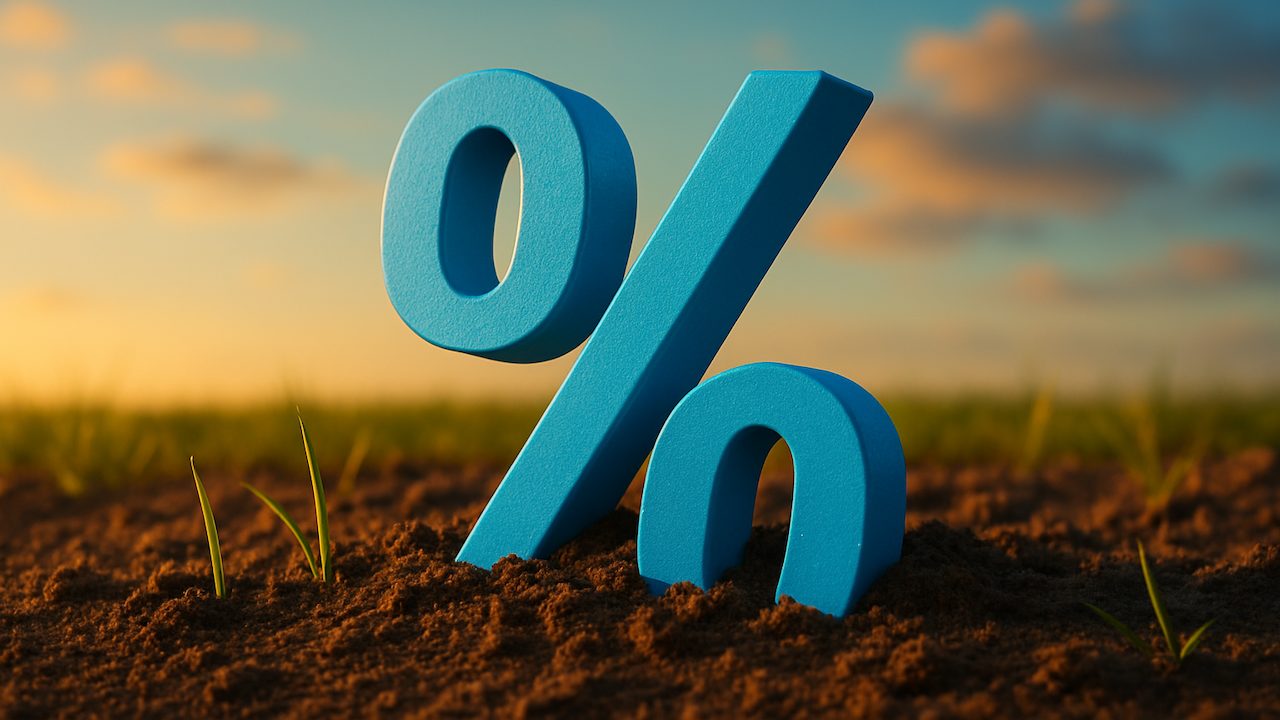Swiss Central Bank Cuts Rates to Zero, Could Go Negative | Headline USA

The Swiss National Bank cut rates in response to extremely low inflation pressure.
Why Lower Rates in Switzerland?“The SNB will continue to monitor the situation closely and adjust its monetary policy if necessary, to ensure that inflation remains within the range consistent with price stability over the medium term.”
Swiss interest rates typically run lower than the global average due to the Swiss franc’s (CHF) relative strength.
There are several reasons for this.
The franc is considered a safe-haven currency. Investors flock to franc-denominated assets during periods of crisis and global instability. This puts upward pressure on the Swiss currency. Lower interest rates mitigate some of that pressure by discouraging capital flows.
In practice, countries with higher interest rates tend to attract more capital as investors seek yield. This is especially true of short-term, interest-sensitive investments like bonds or bank deposits. By holding rates lower, the Swiss central bank discourages foreign investors from gobbling up its financial assets.
Given the level of geopolitical and economic uncertainty in the world right now, it makes sense that the Swiss National Bank is taking steps to mitigate this currency strength.
A strong franc hurts exports, which is a significant aspect of the Swiss economy. A strong currency puts a drag on exports by making a country’s goods and services more expensive for foreign buyers.
For example, if a Swiss watch is priced at 1,000 CHF, it would cost $1,100 if the exchange rate is 1 CHF to $1.10. If the franc strengthens to 1 CHF to $1.20, the price of that watch for an American buyer would increase to $1,200, representing a 9 percent price hike.
Several other factors tend to drive interest rates in Switzerland lower. The population generally has much lower inflation expectations, and the Swiss bank sets policy with an anti-inflation bias.
Swiss CPI fell by 0.1 percent on an annual basis in May.
Switzerland doesn’t need to inflate its currency like the U.S. because it carries much lower levels of debt. Currently, the Swiss Confederation’s federal debt stands at 141.4 billion CHF ($507.3 billion), totaling just 17.2 percent of GDP. Contrast that with a U.S. national debt of over $36 trillion and growing, making up over 120 percent of GDP according to the National Debt Clock.
Negative Interest Rates?With the Swiss interest rate set at zero, the next step would be to take rates into negative territory.
The Swiss National Bank hasn’t ruled this out.
A Capital Economics economist told CNBC he expects the bank to slash rates to -0.25 percent, and they could go even lower.
“There are risks that the SNB will go further in the future if inflationary pressures don’t start to increase, and the lowest the policy rate could go is -0.75%, the rate it reached in the 2010s.”
In practice, a negative rate means financial institutions must pay to park excess reserves at the central bank. Normally, the central banks pay interest on funds deposited there.
In effect, negative rates penalize banks for holding cash and incentivize them to lend. Negative rates were used by several countries during the Great Recession in efforts to stimulate more borrowing to help prop up their economies.
For instance, the European Central Bank (ECB) launched negative rates in June 2014. It didn’t go positive again until July 2022.
Negative interest rates have a perverse effect on the economy. As a Mises Institute article put it in 2019, “Negative interest rates turn everything we know about economics upside down.”
“Negative interest rates are the price we pay for central banks. The destruction of capital, economic and otherwise, is contrary to every human impulse. Civilization requires accumulation and production; de-civilization happens when too many people in a society borrow, spend, and consume more than they produce. No society in human history previously entertained the idea of negative interest rates, so like central bankers we are all in uncharted territory now.”
When central banks implement a negative interest rate policy, depositors are incentivized to spend money rather than save it at the bank and incur a guaranteed loss.
In practice, commercial banks have been reluctant to pass negative rates on to their customers. Nevertheless, negative rates imposed by central banks tend to depress interest rates throughout the economy.
The Federal Reserve has never dabbled in negative interest rate policy, although one must wonder if it will take that path during the next economic meltdown. As we have seen throughout history, each subsequent crisis has required more extreme interventions.